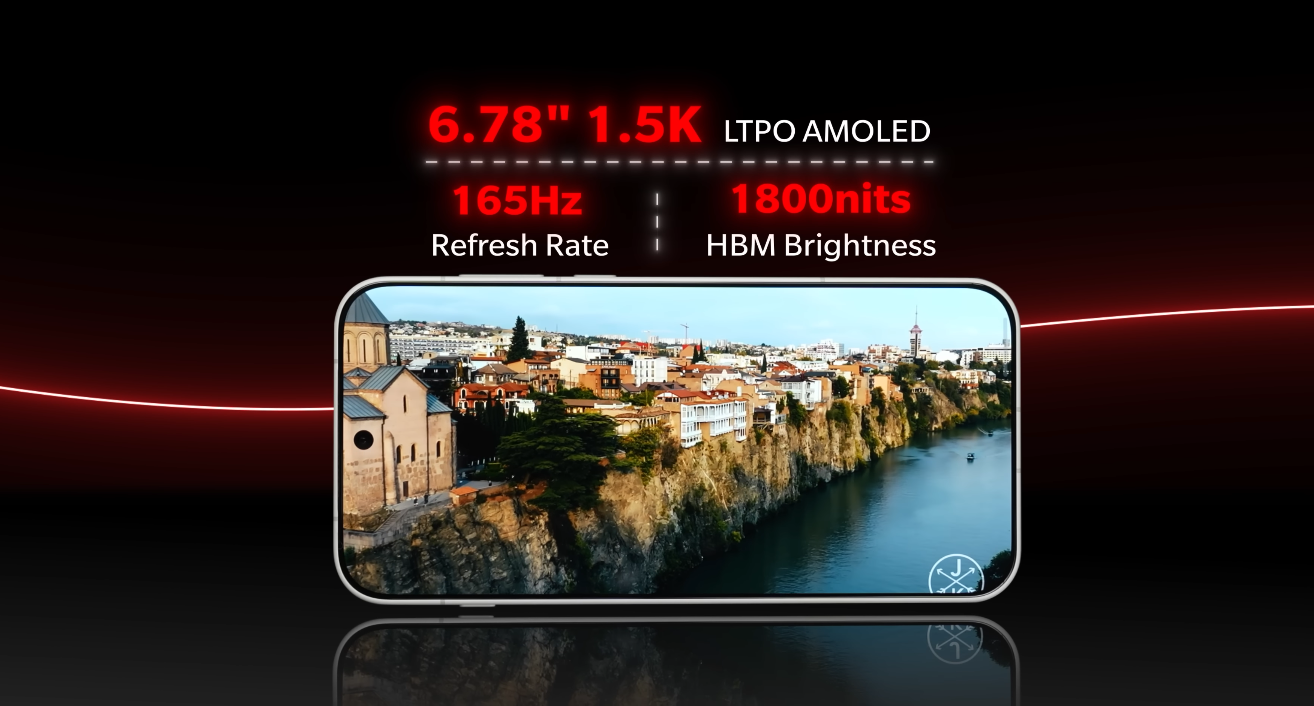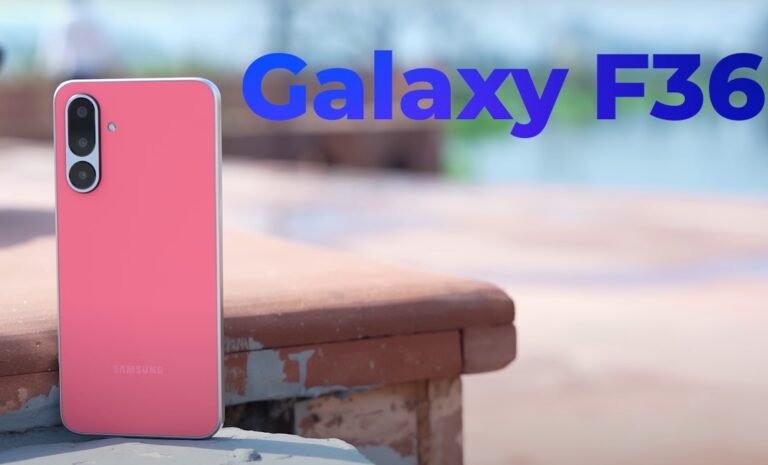OnePlus 15 vs iPhone 16: which flagship wins the battle?

Head-to-Head Battle of Premium Flagships
The OnePlus 15 and Apple iPhone 16 represent two very different approaches to flagship smartphones in 2025. Both target premium UK buyers who demand the best in performance, design, and long-term usability. With OnePlus aiming to challenge Apple’s dominance, this matchup is one of the most anticipated comparisons of the year.
Apple’s iPhone 16 continues the brand’s legacy of refinement, powered by the A18 chip and iOS 18. It maintains a 6.1-inch Super Retina XDR display with precise colour accuracy and improved brightness. OnePlus, on the other hand, is going for sheer power. The OnePlus 15 is expected to debut with Qualcomm’s Snapdragon 8 Elite Gen 5 processor, offering up to 16GB RAM and lightning-fast UFS 4.0 storage. For raw performance, OnePlus may hold a slight edge.
When it comes to displays, Apple focuses on colour fidelity and visual precision, while OnePlus pushes refresh rates. The iPhone 16’s OLED panel is vivid and sharp but limited to 60Hz on the standard model. The OnePlus 15 is set to feature a 6.78-inch LTPO display with a 165Hz refresh rate and 1.5K resolution. UK users who enjoy gaming or high-speed scrolling may find the OnePlus display more appealing.

Battery performance is another major battleground. Apple promises up to 22 hours of video playback with improved energy efficiency and faster MagSafe charging through USB-C. The OnePlus 15, however, could bring a huge 7,300mAh battery with 120W wired and 50W wireless charging. If these figures hold true for UK models, OnePlus would clearly dominate in endurance and charging speed.
On the camera front, Apple maintains its signature strength. The iPhone 16 features a 48MP Fusion main sensor, upgraded ultra-wide lens, and enhanced computational photography with Apple Intelligence. OnePlus is countering with a triple 50MP setup, including a periscope telephoto lens for better zoom capabilities. The outcome may come down to software optimisation—Apple’s consistent tuning still gives it a reliable edge in photo and video results.
Software and updates are where Apple has a long-standing advantage. The iPhone 16 will receive around six years of major iOS updates, ensuring strong resale value in the UK. The OnePlus 15 is expected to offer four years of Android updates and six years of security patches, showing improvement but still lagging behind Apple’s unmatched support cycle.
Build quality and ecosystem integration also favour Apple. The iPhone 16 continues its sleek aluminium design with IP68 water resistance, strong haptics, and seamless connectivity across the Apple ecosystem. OnePlus, meanwhile, focuses on user freedom and faster customisation, appealing to those who prefer Android flexibility.
In the UK market, pricing will play a crucial role. The iPhone 16 starts at around £799 for the base 128GB variant. The OnePlus 15 is likely to arrive below that mark, offering better value for performance enthusiasts. However, Apple’s resale value and brand prestige often make it a smarter long-term investment.
For most everyday users, the iPhone 16 remains the more balanced option—smooth, secure, and consistent. Yet for power users who prioritise high refresh displays, gaming, and charging speed, the OnePlus 15 looks like an exciting alternative.
Ultimately, the winner depends on what you value most. The iPhone 16 wins in longevity, software, and ecosystem strength, while the OnePlus 15 triumphs in hardware innovation, battery life, and value. Both are top-tier choices, but in this flagship battle, it’s the user’s priorities that decide the true victor.





